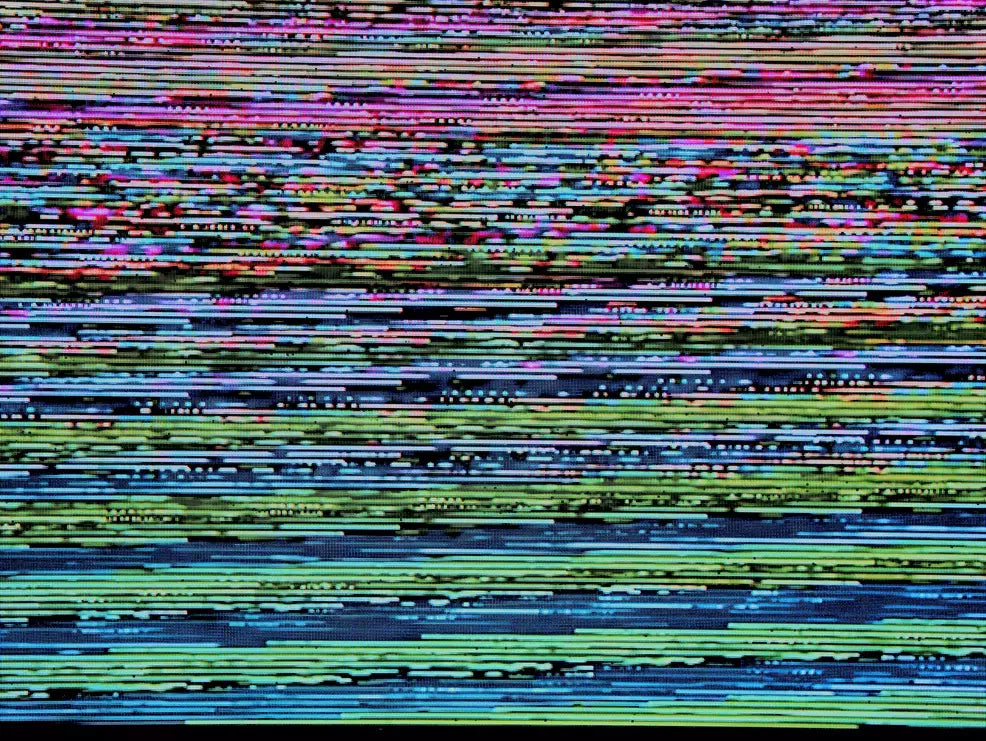For those of us who didn't grow up in the era of film, it can be easy to take the modern conveniences of digital video for granted. But there's something to be said for the look and feel of good old-fashioned film. In this blog post, we'll take an in-depth look at some of the elements that give film its unique character: sprocket holes, scratches, light leaks, and grain.
Sprocket Holes
When you take a close look at a piece of film stock, you'll notice a series of small rectangular holes running along one edge. These are called sprocket holes, and they help to keep the film moving evenly through the camera or projector.
Scratches
Of course, no piece of film is perfect. Over time, scratches and other imperfections can accumulate on the surface of the film, resulting in a less than pristine image. While some scratches are purely cosmetic and don't have any major impact on the quality of the final product, others can be more serious.
Light Leaks
If you've ever shot on film, chances are you've had to deal with light leaks at one point or another. Light leaks occur when stray light enters the camera and causes streaks or smears on the film. They can be caused by everything from faulty camera equipment to incorrect loading or processing procedures.
Film Burns
Film burns are another type of imperfection that can occur during shooting or processing. They're usually caused by bits of dust or hair that get caught between the film and the gate of the camera (the part that holds the film in place). Burns can also be caused by heat or friction damage during processing.
Grain
One of the most distinctive characteristics of film is its graininess. Film grain is caused by the small particles of silver halide that are used to create images on photographic film. The size and shape of these particles determines the level of graininess in a given piece of film.
Final words
Whether you love it or hate it, there's no denying that film has a certain je ne sais quoi that digital video just can't replicate. So next time you're feeling nostalgic for the days of yore, grab your Super 8 camera and shoot some footage—imperfections and all!


